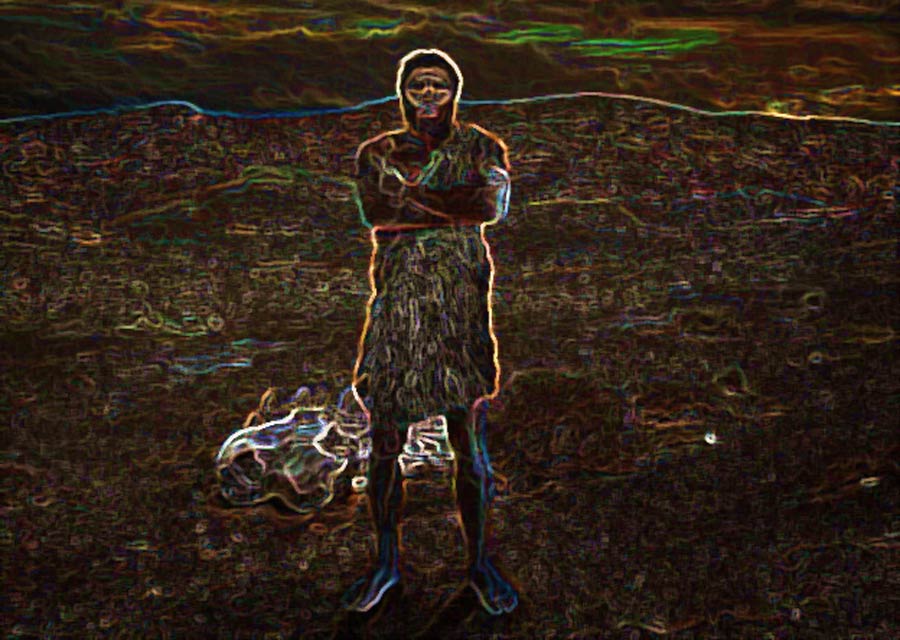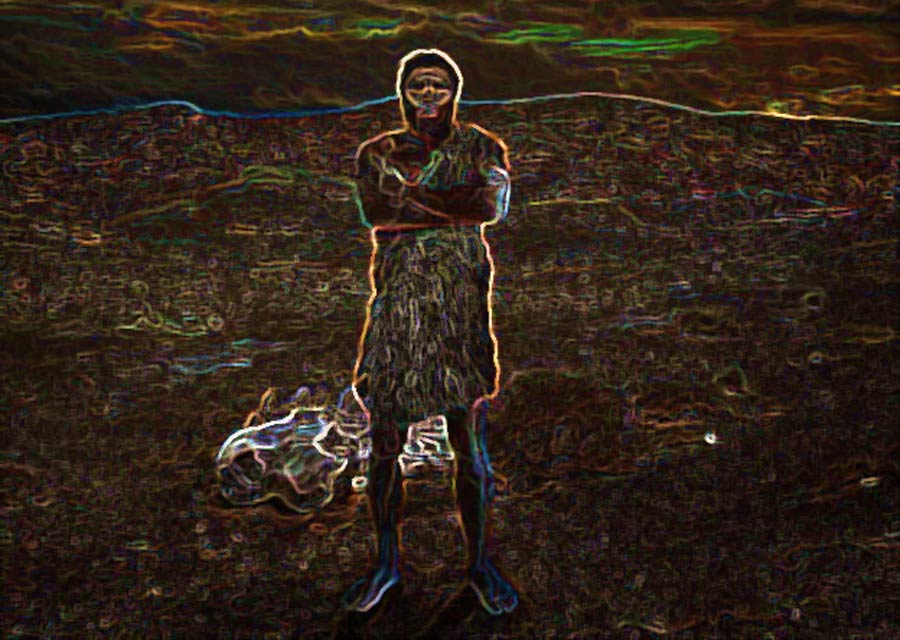

Archaeologists from Leiden University in the Netherlands have released the results of a study that proves Neanderthals altered ecosystems in significant ways. The evidence was found in a spot Neanderthals occupied in Germany, approximately 125,000 years ago during the Last Interglacial Period. In the past, it was assumed that modern humans were the only species to ever clear large sections of land to make them more usable or habitable. But this fresh analysis, which was released on December 15 in the journal Science Advances, shows that this was not the case. Long before agricultural needs motivated such actions by humans, Neanderthals were doing the same thing, and giving themselves a survival advantage in the process. Neanderthals altered ecosystems just like we did and still do and so they become more like us than unlike us with each decade that passes . . .

The evidence of how Neanderthals altered ecosystems has been proven with the latest study on the Neumark-Nord site in northern Germany, which showed that they cleared forests. (Science Advances)
An Altered Ecosystem For Better Neanderthal Survival
Evidence in support of this enlightening discovery was collected from a German archaeological site known as Neumark-Nord. Doubling as a quarry and archaeological treasure trove of Neanderthal artifacts, this site is located about 20 miles (32 kilometers) west of Leipzig.
During the Last Interglacial Period, which lasted from 130,000 to 115,000 years ago, the melting of the ice cover left behind a series of small lakes in this region. Moderations in climate that accompanied the retreat of the glaciers made the region livable for the first time in thousands of years, and Neanderthals were drawn to the area by its rich abundance of animal life and ready availability of fresh water. They spent approximately 2,000 years pursuing their hunter-gatherer lifestyle at Neumark-Nord, where their presence was much more extensive than at adjacent locations.
In an area dominated by deciduous forest, the place where Neanderthals lived in greatest numbers was comprised of largely of open grassland, where only smaller plants that wouldn’t inhibit freedom of movement could grow. This was an anomaly, but one that was highly advantageous to the Neanderthals.
“The question is, of course, whether it became open because of the arrival of hominins, or whether hominins came because it was open?” said archaeologist Wil Roebroeks, the new study’s lead author, in a Leiden University press release. “However, we have found sufficient evidence to conclude that hunter-gatherers kept the area open for at least 2,000 years.”
Another Leiden University scholar involved in this study, paleobotanist Corrie Bakels, found that such changes were unique to Neumark-Nord. In nearby locations with similar characteristics but limited evidence of a Neanderthal presence, the deciduous vegetation remained untouched and unaltered.
Spending so much time in a relatively small area, the Neanderthal hunter-gatherers were bound to make some impact on the land and landscape. But the signs of significant alteration uncovered in this latest study were a surprise, as they revealed a level of disruption and change that had previously been seen only in association with human activities.
Modern humans began significantly altering the land approximately 10,000 years ago largely to prepare it for agriculture. In contrast, the Neanderthals changed it to something more conducive to their hunting-and-gathering activities.

Prof. Dr. Dietrich Mania, the excavator of Neumark-Nord 1, amidst the bones of European forest elephants he recovered at the Neanderthal site. (Juraj Lipták / State Museum of Prehistory Halle)
From Pollen and Charcoal, the Truth is Revealed
Since the first sign of Neanderthal activity at Neumark-Nord was discovered in 1985, archaeologists have found tens of thousands of stone artifacts, hundreds of thousands of bone fragments, and the remains of hundreds of butchered animals at the site.
In the Leiden University study, the scientists analyzed pollen and charcoal samples removed from Neumark-Nord sediment layers, from a depth consistent with a Late Interglacial Period origin. As a control, they collected similar samples from two nearby sites (Gröbern and Grabschütz), each of which has produced only traces of Neanderthal occupancy during previous archaeological expeditions.
At these alternative sites, the composition of ancient pollen samples indicated that they were covered by forest when the Neanderthals were known to have been in the region. But the pollen samples taken from Neumark-Nord showed the land had been covered exclusively by plants that grow in open or cleared areas at that time.
“Initially a forested area, [Neumark-Nord] became open when Neanderthals arrived and stayed open for about 2,000 years,” Professor Roebroeks told the Wall Street Journal.
Birch and pine trees dominated the landscape originally, but they disappeared and were replaced by plants that were much smaller and less dense in their coverage patterns. Once the Neanderthals left, the land soon went back to forest.
The sites at Neumark-Nord, Gröbern, and Grabschütz were all in the same area, which meant regional differences in temperatures and rainfall couldn´t explain the divergence.
Prodigious concentrations of charcoal were also found in the ancient sediment layers of the Neumark-Nord site. Samples of burned seed and wood had been recovered earlier and taken together these finds shows the Neanderthals were quite adept at using and managing fire.
One thing the archaeologists don’t know for certain is if the Neanderthals cleared the forest intentionally, by setting controlled fires and by chopping out trees and brush, or if the forest gradually receded as a consequence of the Neanderthal hunting-and-gathering lifestyle. Most likely it was a combination of both, as the Neanderthals sought added survival advantages in an area they already considered home territory.

Part of a band of Neanderthal hunter-gatherers at the entrance to their cave dwelling who may have intentionally altered ecosystems that very day for better tribal survival. (Gorodenkoff / Adobe Stock)
The Neanderthals are Underestimated No More
As time has passed, more and more studies have accumulated showing that the Neanderthals created a rich and diverse culture. They created many works of art, decorated their bodies with various types of adornments, manufactured a wide variety of tools from all available materials, and buried their dead in ways that showed they had religious or metaphysical beliefs.
In the context of what archaeologists and paleoanthropologists have already discovered about Neanderthals over the last two or three decades, the fact that they were altering their environment at Neumark-Nord to make it more suitable for survival is not so shocking.
Speaking of the consequences of his team’s discovery, Wil Roebroeks noted that it ” adds something to the behavioral spectrum of early hunter-gatherers. They weren’t simply ‘primal hippies’ who roamed the landscape picking fruit here and hunting animals there. They helped shape their landscape.”
It has become more and more obvious that the Neanderthals were an intelligent and creative species, possessing capacities that were not so different from those credited to modern humans.